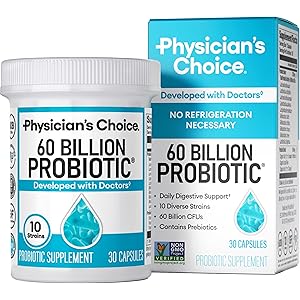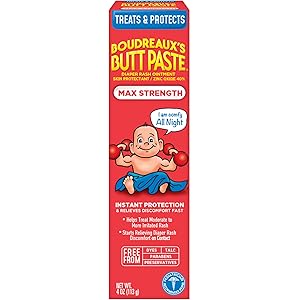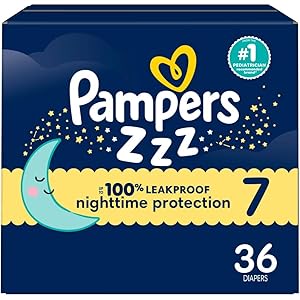Boudreaux's Butt Paste Maximum Strength Diaper Rash Cream, Ointment for Baby, 4 oz Tube
$6.27 (as of October 25, 2025 00:05 GMT +00:00 - More infoProduct prices and availability are accurate as of the date/time indicated and are subject to change. Any price and availability information displayed on [relevant Amazon Site(s), as applicable] at the time of purchase will apply to the purchase of this product.)Understanding Pregnancy Categories
Pregnancy categories are classifications that help healthcare providers understand the potential risks associated with medications during pregnancy. These categories are essential for ensuring the safety of both the mother and the developing fetus. The categories range from A to X, with Category A being the safest and Category X being the riskiest. Understanding which pregnancy category is considered the riskiest can help expectant mothers make informed decisions about their health and medication use.
Category A: The Safest Option
Category A medications are those that have been tested in pregnant women and have shown no risk to the fetus in any trimester. These drugs are considered the safest for use during pregnancy. Examples include certain prenatal vitamins and some antacids. Knowing that these medications fall under the safest category can provide peace of mind for pregnant women.
Category B: Generally Safe, But Caution Advised
Category B medications are those that have not shown any risk to the fetus in animal studies, but there are no well-controlled studies in pregnant women. While these medications are generally considered safe, healthcare providers may still advise caution. Examples of Category B drugs include certain antibiotics and some antihistamines. It’s important for pregnant women to discuss these medications with their healthcare providers to weigh the benefits against potential risks.
Category C: Risks Cannot Be Ruled Out
Category C medications are those for which animal studies have shown an adverse effect on the fetus, but there are no adequate studies in humans. This category indicates that the potential benefits may warrant the use of these drugs despite potential risks. Examples include some antidepressants and certain blood pressure medications. Pregnant women should consult their healthcare providers when considering Category C medications to understand the implications.
Category D: Positive Evidence of Risk
Category D medications have shown positive evidence of human fetal risk, but the potential benefits may still outweigh the risks in certain situations. This category includes medications like some anticonvulsants and cancer treatments. It is crucial for pregnant women to have thorough discussions with their healthcare providers about the risks and benefits of using Category D medications during pregnancy.
Category X: The Riskiest Category
Category X medications are those that have been shown to cause fetal abnormalities or risks that clearly outweigh any potential benefits. These drugs are contraindicated in pregnancy. Examples include certain hormonal therapies and some acne medications. Understanding that Category X is considered the riskiest pregnancy category is vital for expectant mothers to avoid harmful substances.
Factors Influencing Medication Safety
Several factors can influence the safety of medications during pregnancy, including the timing of exposure, the dosage, and the individual health conditions of the mother. Each pregnancy is unique, and what may be safe for one woman may not be safe for another. Therefore, it is essential for pregnant women to have personalized consultations with their healthcare providers regarding any medications they may need to take.
Consulting Healthcare Providers
Consulting healthcare providers is crucial for pregnant women when considering any medication, especially those in higher-risk categories. Healthcare professionals can provide tailored advice based on the latest research and individual health profiles. They can help navigate the complexities of medication use during pregnancy, ensuring that both the mother and the fetus remain safe.
Alternative Treatments and Therapies
For many conditions, there may be alternative treatments or therapies that are safer during pregnancy. These alternatives can include lifestyle changes, physical therapy, or natural remedies. Pregnant women should discuss these options with their healthcare providers to find the best approach that minimizes risks while effectively managing their health conditions.
Staying Informed About Medication Risks
Staying informed about medication risks during pregnancy is essential for expectant mothers. This includes understanding the different pregnancy categories and the implications of taking medications within those categories. Regular check-ins with healthcare providers and access to reliable information can empower pregnant women to make informed choices about their health and the health of their babies.



